Search Images
Browse Content (p. 1546)
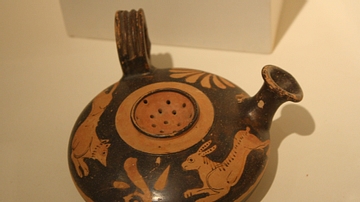
Image
Red-figure Askos-strainer
A red-figure askos-strainer depicting a fox, hare, and palmette. 5th century BCE. (National Archaeological Museum, Athens)
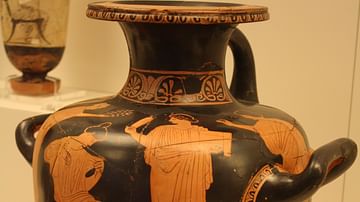
Image
Red-figure Hydria
A red-figure hydria by the Kleophon Painter, 440-430 BCE. The scene depicts women dressing. (National Archaeological Museum, Athens)
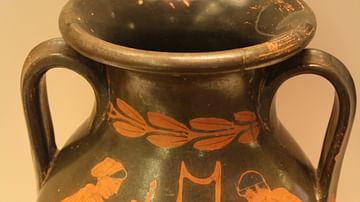
Image
Red-figure Pelike
A red-figure pelike from Rhodes, c. 430 BCE. The scene depicts a youth and a seated courtesan. Painted by Polygntos. (National Archaeological Museum, Athens)
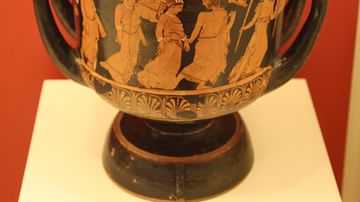
Image
Calyx Krater
A red-figure calyx krater from Boeotia, c. 410 BCE. The scene depicts a wedding procession. (National Archaeological Museum, Athens)
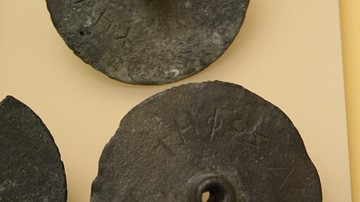
Image
Greek Bronze Ballot Disks
Bronze ballot disks used in Greek courts to vote guilty (a hole in the centre) or innocent (a solid centre). c. 300 BCE. (Agora Museum, Athens)
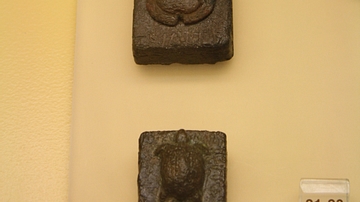
Image
Greek Lead Weights
Standard lead weights from the agora of Athens. 5th-2nd century BCE. (Agora Museum, Athens)
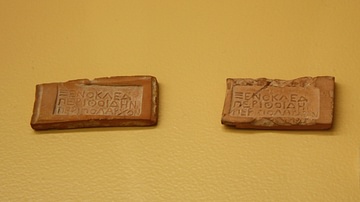
Image
Greek Clay Passport Tokens
Clay tokens probably used as passports by travellers or messengers reporting between military headquarters. Belonging to Xenokles, a border commander, 4th century BCE. (Agora Museum, Athens)
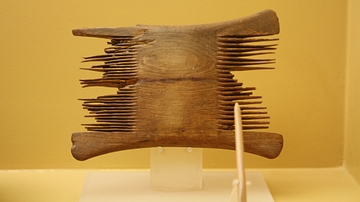
Image
Greek Wooden Comb
A wooden comb from the Agora of Athens. (Agora Museum, Athens).
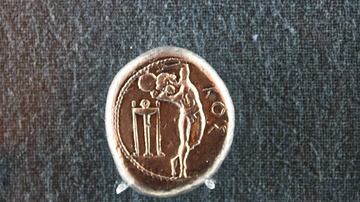
Image
Tridrachm, Kos
A silver tridrachm from Kos. A discus thrower (diskobolus) and tripod. 5th century BCE. (Numismatics Museum, Athens)
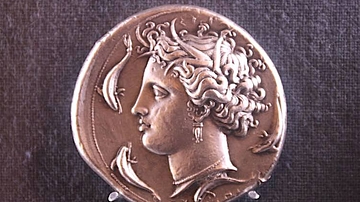
Image
Decadrachm, Syracuse
A silver decadrachm from Syracuse. Arethousa with dolphins, c. 400 BCE. (Numismatics Museum, Athens)